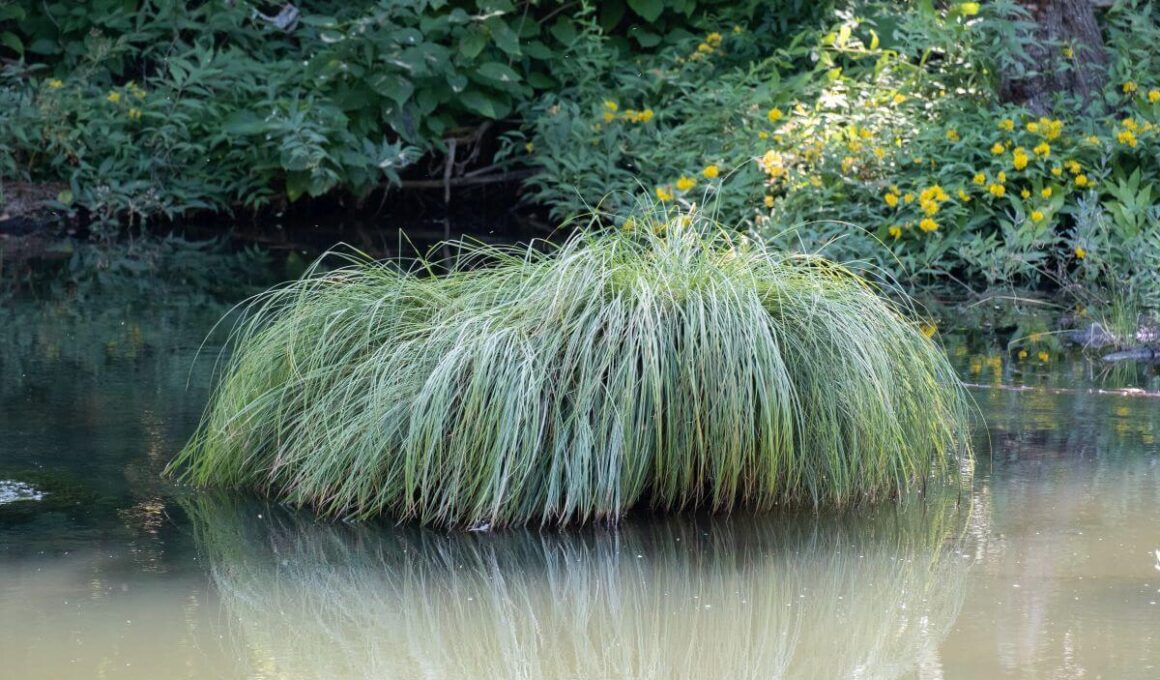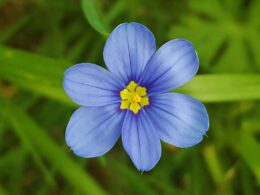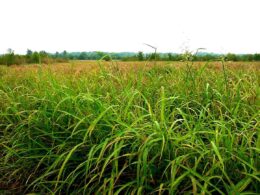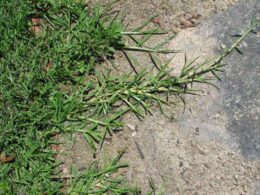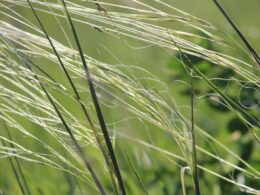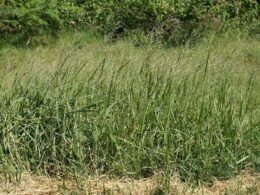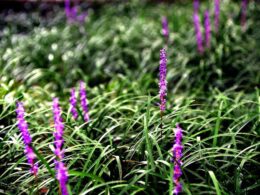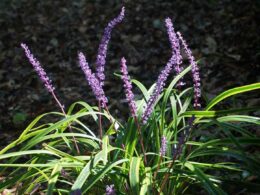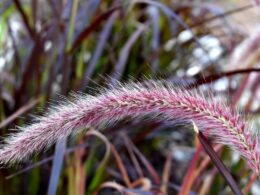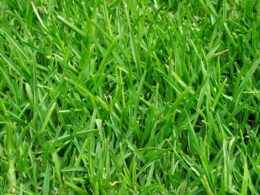Carex grass is a hardy plant that is tolerant of a variety of soil conditions, making it an ideal choice for home gardens and landscapes. Read on to learn more about this versatile grass!
Carex Grass – What Is That?
Carex grass is a type of evergreen grass that is native to North America. It is a perennial grass that grows in clumps and has a fine, textured appearance. The leaves of these native sedges are green and glossy, and the stems are thin and wiry. The flowers of the carex grass are small and inconspicuous, and they are borne on spikes that are found at the tips of the stems.
This plant is an important part of the ecosystem, as it provides food and shelter for many animals and birds. It is also used by humans for a variety of purposes, including landscaping, erosion control, groundcover, and as a source of hay.
Carex grass isn’t actually a single species, but a whole genus of grass-like plants in the Cyperaceae family.
Types of Carex Grass: Carex Oshimensis, Carex Morrowii and More
There are many different types of carex grass, all of which have their own unique characteristics. Here are some of the most popular types of sedge plants:
- Carex oshimensis (Japanese sedge) is a compact, tufted grass that is perfect for small gardens and borders. It has green leaves with lighter or darker borders.
- Carex morrowii has narrow, dark, or light green leaves, and is native to central and southern Japan.
- Carex elata is a tall, elegant grass with light green leaves and graceful arching stems. It produces small flowers in summer and is perfect for use as a specimen plant in the garden.
- Carex comans is a low-growing, mat-forming grass with green or bronze-colored leaves, endemic to New Zealand.
- Carex buchananii is also endemic to New Zealand, and has reddish-brown, narrow leaves. It blooms from October to December.
- Carex flacca is a tall, airy grass with blue-green leaves and long, flowing stems. It is perfect for use as a specimen plant or in dried arrangements.
- Carex flagellifera is a tall, tufted grass with light brown leaves and long, slender stems. It is used as an accent plant or in mass plantings.
Carex Grass (Sedge Plants): Care Needs
Carex grass is a versatile plant that can be used in a variety of ways in the landscape. It is well suited for use as an accent plant, border plant, ground cover, or even as a container plant in shady places. Carex grass is relatively easy to grow and requires little maintenance once it is established.
Soil Type
When grown in the landscape, carex grass prefers moist, well-drained soils. It is tolerant of a wide range of soil conditions, but will not tolerate wet or soggy soils. Carex grass can be prone to fungal diseases if the leaves stay wet for extended periods of time. When watering, try not to put water directly on the foliage. If your climate is prone to high humidity, make sure to plant carex grass in an area that receives good air circulation.
Fertilizing
Carex grass is a low-maintenance plant and does not require a lot of fertilizer. If you do fertilize, use a balanced fertilizer. Apply it in early spring before new growth begins.
Sunlight
Carex grass can be grown in full sun to partial shade. It is tolerant of a wide range of light conditions, but will perform best in partial shade. There are some species which can survive even in full shade.
Watering
Carex grass is drought tolerant once it is established, but will perform best with regular watering during the first growing season. Water carex grass deeply and less often, rather than shallowly and more often. This will help to encourage deep root growth. During periods of extended drought, carex grass may go dormant.
Pruning
Carex grass does not require pruning, but can be trimmed if desired. Trimming is usually done in early spring before new growth begins.
There are many different varieties of carex grass available, so be sure to select one that is well suited for your particular landscape. With proper care, carex grass will provide you with years of trouble-free enjoyment.
Where to Buy Carex Grass?
If you’re looking for a place to buy carex grass, your best bet is to check out your local nursery or garden center. However, if you don’t have any luck there, you can always try ordering online. There are plenty of reputable sellers who offer carex grass at reasonable prices. Just make sure that you read the descriptions carefully so that you know what you’re getting.
If you are looking for a new plant for your rock garden, you should definitely try carex grass. With its deep green foliage it is sure to attract attention to your yard. Thanks for reading!





